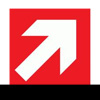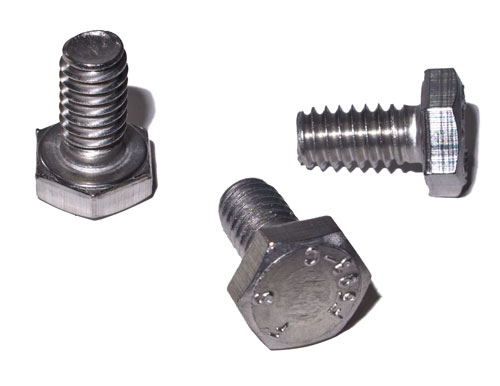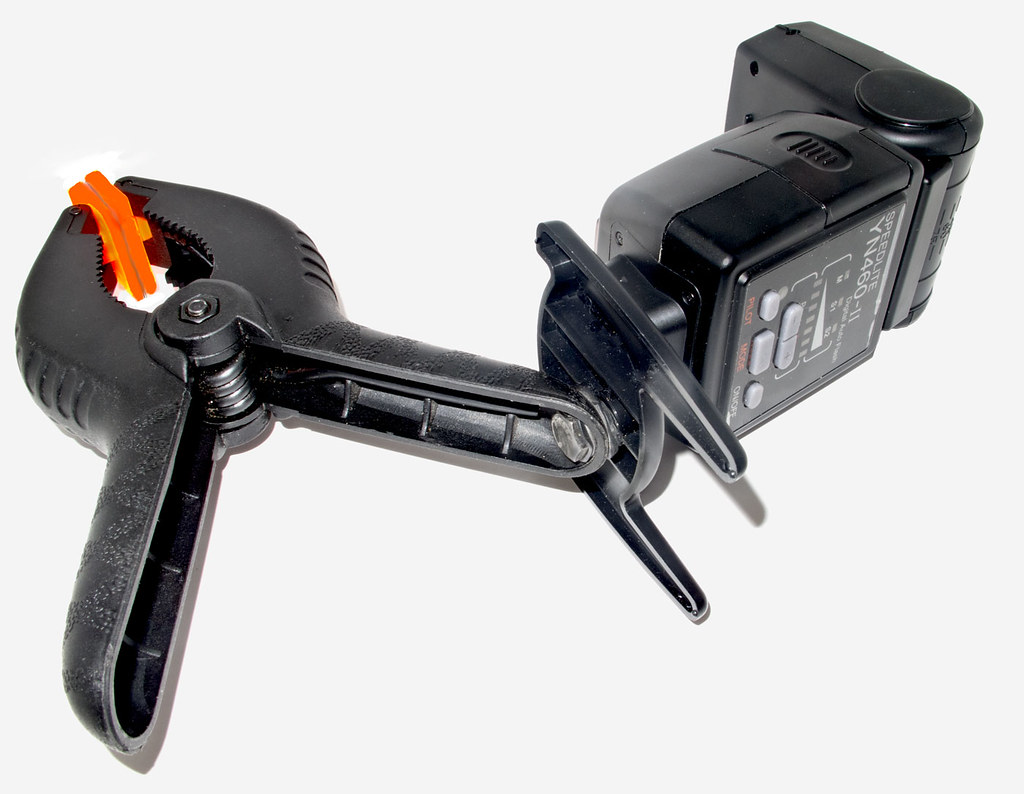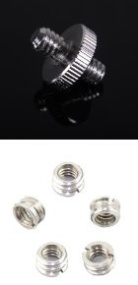
• Photography thread size •
Standard tripod thread sizes and camera thread sizes… these are standard throughout the world.
On the left 3/8 inch 16 UNC thread on a Manfrotto camera mount. On the right a 1/4 inch 20 UNC thread for a removable tripod top. The 1/4 – 20 UNC thread (right) is the standard on most consumer cameras.
Interested in Photography Equipment?
You need to know something before you start buying your kit. You need to know the size of that screw thread into the bottom of your camera. It is used on your tripod and a range of other photographic mountings. To fit things to photo-equipment you will need to know the photography thread size(s). Well here are the details you want…
Universal Photography Thread Size Table
| Diameter inch |
Diameter mm |
Thread size |
| 1/4 |
6.3500 |
20 |
| 3/8 |
7.9375 |
16 |
These are set out under the ‘Unified Thread Standard’ (UTS). It’s published by the American National Standards Institute (ANSI). The camera thread is a UNC specification for a ‘coarse’ thread. The Standard ISO 1222:2010 Photography – Tripod connections  allows for the same fit in metric size.
allows for the same fit in metric size.
Most cameras are fitted with a hole to take a photography thread size of 1/4in – 20 UNC thread. This means…
- A quarter inch width (1/4 inch)
- By 20 threads per inch UNC thread
Larger/heavier fittings, pro-cameras and heavy lens mountings may take the larger photography thread size…
- A three-eighth inch width (3/8in)
- By 16 threads per inch UNC thread.
Manufacturer awareness – consumer awareness
Quality manufacturers are aware of this compatibility of threads. For example, buying a tripod head and tripod from the same manufacturer usually means compatible thread and mounting standards.
Beware of the equipment range trap. Some “pro-range” equipment may have a photography thread size that differs from the standard “consumer range” photography thread size. That difference is despite being made by the same manufacturer. If you are picking and choosing equipment from different equipment ranges or from different manufactures, check photography thread size compatibility first.
If you do buy differing photography thread sizes on equipment there is probably a converter available. However, it is better to have a direct fit than fiddle around with converters on your expensive equipment.
Converters are available from photo-retailers…
• Photographic Thread Adapters •
Most cameras, tripods and other photo-equipment have mounting screws or threaded holes. If these do not match you have a problem.
Actually, matching a tripod and camera thread is easy. These threads are standard sizes. A variety of adapters are widely available and cheap.
Click the link below to see a some adapters.
Photographic thread adapters
Tripods
Some tripod manufacturers fit the larger sized 3/8in – 16 UNC to their tripods. When buying a tripod make sure you buy it with one of the standard fitting threads given in the table above. Alternatively, make sure you are able to use a converter if needed.
Very old tripods may not have used the same photography thread sizes I gave above. In most cases a digital camera will mount on a legacy tripod. Just check it with a fitting test. But do not force the thread if it is tight. For modern tripods the threads size for the tripod head and the camera fitting is the modern standard.
Tripod heads
Tripod Heads fit onto the same standard photography thread sizes used on the tripod. So buying a tripod head from a modern photography manufacturer ensures a proper fit to a standard tripod screw (one of the two sizes given above). But, make sure you buy the compatible thread size. Obviously, if the tripod mount has the large size thread (3/8 inch), a tripod head with a small sized hole (1/4 inch) will not mount in a stable way on it as you will have to use an inverting converter.
Lighting equipment and stands
A wider range of fittings are found on light stands and light fittings, flash units and special mountings. They tend to meet the same standards of thread sizes on modern equipment. That allows the easy inter-change of photographic kit. Again, modern manufacturers are aware of the standards. So buying lighting equipment from reputable suppliers and manufacturers will usually ensure compatible thread sizes as I give them above.
A lesson learned…
I bought a light stand that looked like a good deal from a Hong Kong supplier. It did not have a compatible screw on the top for anything except the supplied fitting. This meant that the stand is of very limited use and will not fit with any of my other stands or lighting equipment. The moral is, beware of “knock-offs” and cheap imitations. Stick with reputable manufacturers. That message is true of most photography equipment.
Comments, additions, amendments or ideas on this article?
Contact Us or leave a comment at the bottom of the page…
Like this article? Don’t miss the next — sign up for tips by email.

Damon Guy (Netkonnexion)
Damon is a writer-photographer and editor of this site. He has run some major websites, a computing department and a digital image library. He started out as a trained teacher and now runs training for digital photogs.
See also: Editors ‘Bio’.
By Damon Guy see his profile on Google+.








